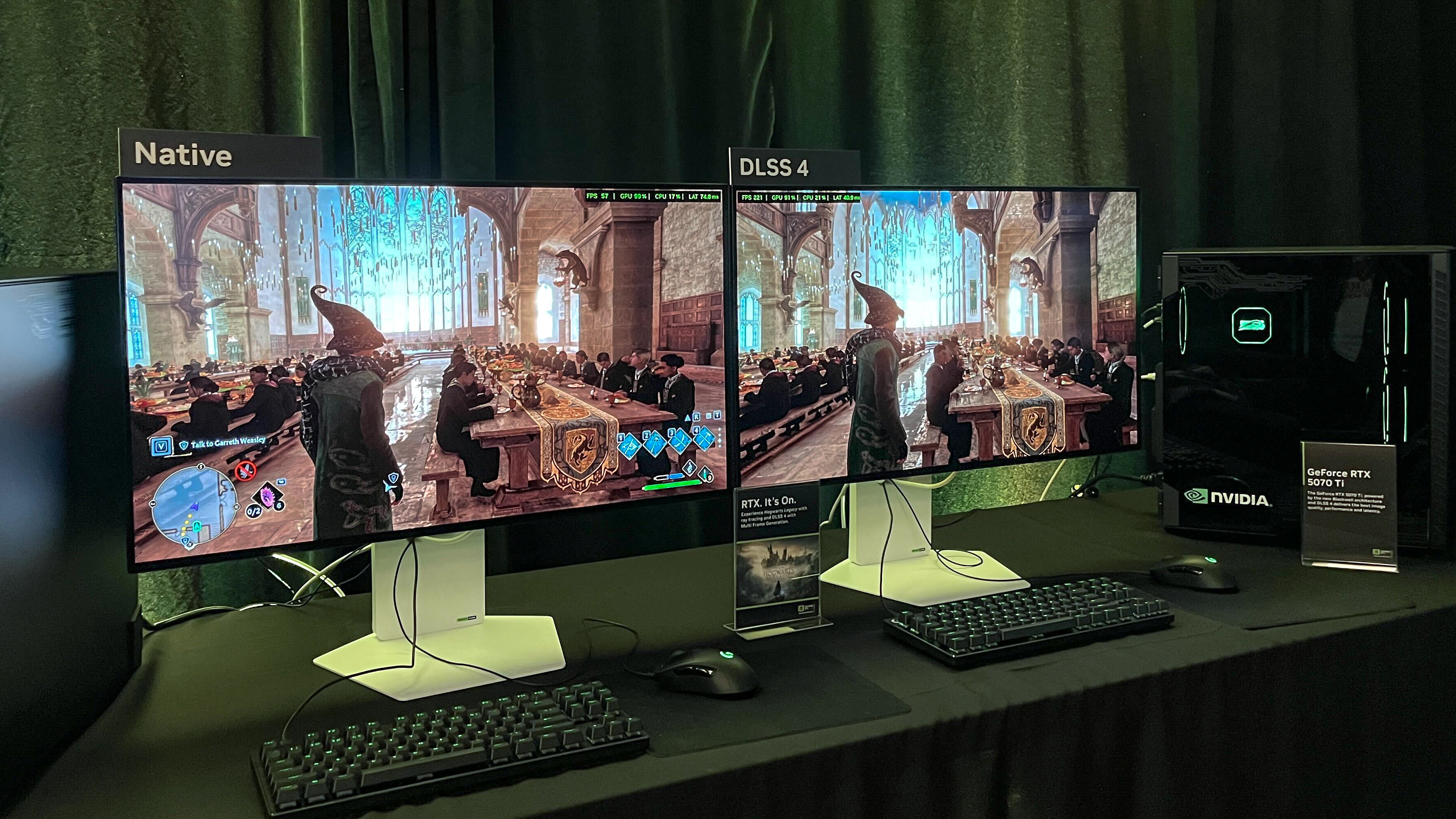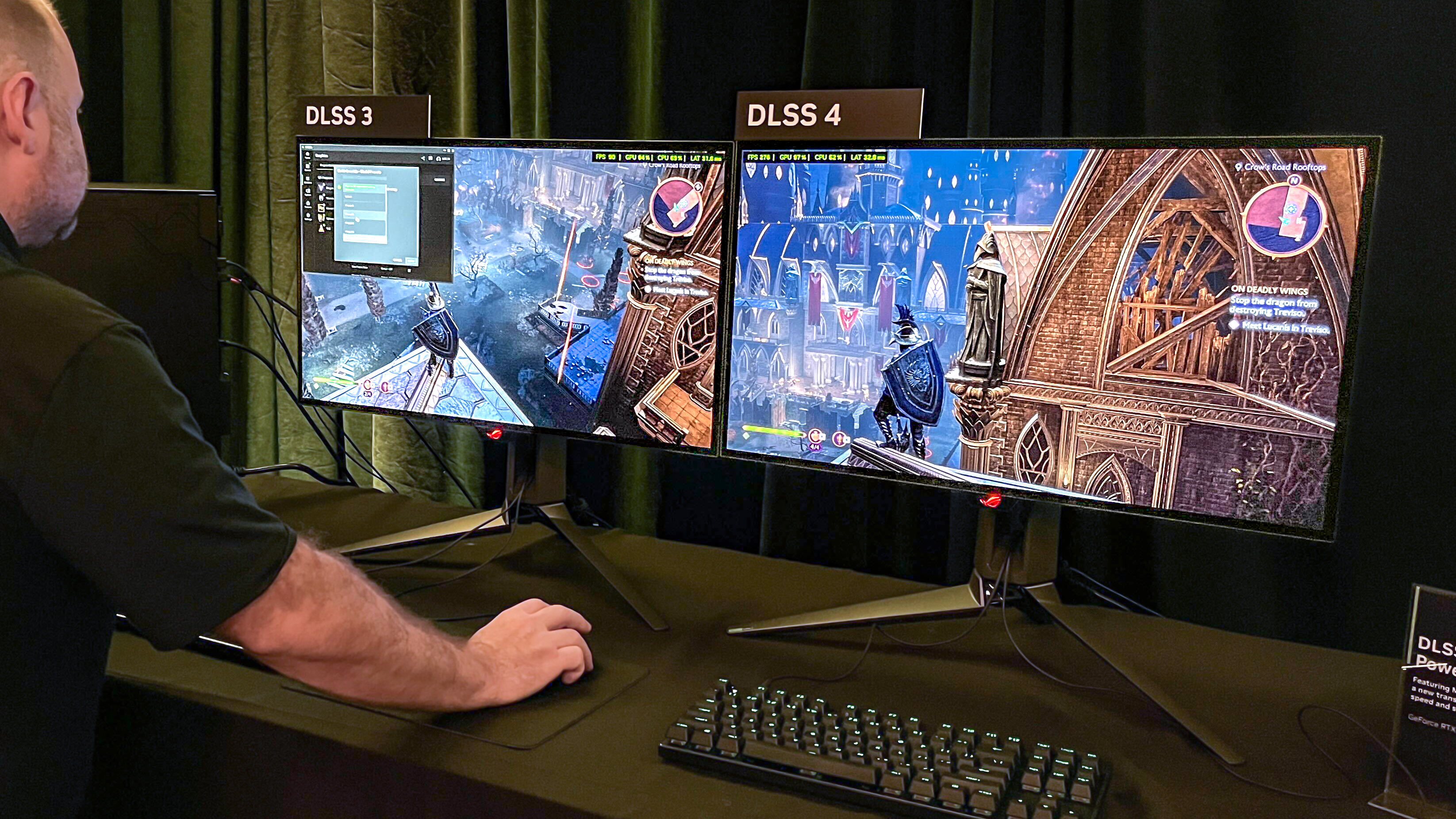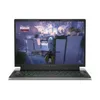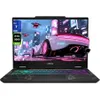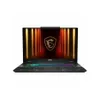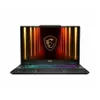I was skeptical of RTX 50 GPUs but now I'm a believer — here's why
After experiencing DLSS 4, I have seen the light
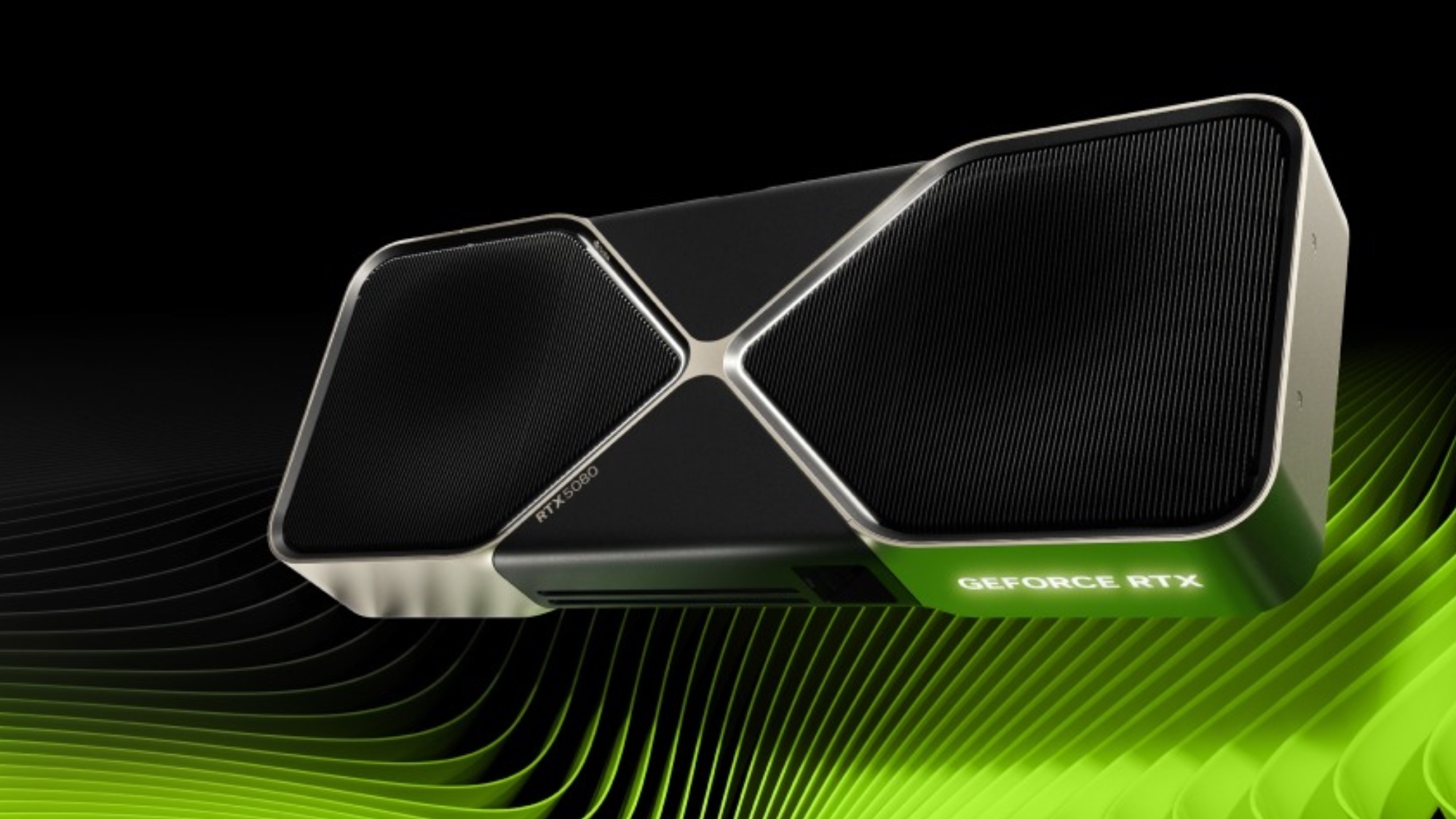
When Nvidia first introduced us to its new GeForce RTX 50-series graphics cards back at CES 2025, I was astonished by the framerates they could achieve.
It's been months since then and 200+ frames per second in a modern game like Marvel Rivals still sounds mind-boggling to me, a simple man who counts himself lucky to get a steady 60+ FPS in my favorite games.
But at the same time, I've been more than a little skeptical of Nvidia's boasts about the performance of its RTX 50-series GPUs. When Nvidia chief Jensen Huang claimed that the RTX 5070 Ti ($749 MSRP) could achieve better framerates in a modern game like Marvel Rivals than the older RTX 4090 ($1,599 MSRP), I figured that couldn't be the whole story.
And of course, we know it's not. We know that a key factor in that killer performance is DLSS 4, the latest version of Nvidia's graphical upscaling tech. And there's one specific feature of DLSS 4 that's driving modern game framerates sky-high: Multi-Frame Generation.
What is DLSS 4?
If you're not familiar, Nvidia's DLSS (Deep Learning Super Sampling) technology effectively employs machine learning to run games at lower resolutions and then "upscale" them to your desired resolution in real time.
Multi-Frame Generation boosts game framerates by artificially generating 1-3 additional frames of gameplay for every 'real' frame your PC draws on-screen.
This tech keeps the game framerate artificially higher because you're technically running it at lower quality settings and then artificially enhancing it at the last second.
DLSS has been around since 2019, and while the latest features are designed to run on older Nvidia GPUs, Multi-Frame Generation is only supported on RTX 50-series cards. The reason may simply be power concerns, because Multi-Frame Generation boosts game framerates by artificially generating 1-3 additional frames of gameplay for every "real" frame your PC draws on-screen.
Get instant access to breaking news, the hottest reviews, great deals and helpful tips.
When I first heard about this I was pretty skeptical, because I didn't love the idea of AI-generated frames of gameplay being injected into my games. I've had bad experiences with graphical glitches after enabling DLSS in the past, for example, and I figured that would only get worse when my framerates jumped from double to triple digits.
Plus, I was concerned Multi-Frame Generation would make games feel "floaty" or slow to respond because a game can only react to your input as fast as it can draw a new frame—so I figured if AI is generating half (or more) of those frames without player input, surely that would add to latency.
Of course, Nvidia's GPUs also support Nvidia Reflex, which aims to reduce latency while gaming with little tricks like syncing up your CPU and GPU for optimal rendering efficiency and warping a rendered frame of gameplay at the last second (i.e. just before it's displayed) in response to player input.
I had a chance to see these features in action earlier this year when I played games on RTX 50-series GPUs at GDC 2025, and I was impressed. Modern games like Avowed and Cyberpunk 2077 look and run great on these cards, and during my hands-on time with games employing Multi-Frame Gen I didn't notice any major issues.
Of course, it was just a brief hands-on demo, so I didn't entirely trust that my experience in Nvidia's rented hotel suite was an accurate replication of what it's like to game on an RTX 50-series card full-time.
But now I've just wrapped a review of my first RTX 50-series gaming laptop (the Lenovo Legion Pro 7i with an RTX 5080) and I'm starting in on an RTX 5090 gaming PC review, so I've had a few dozen hours to game with DLSS 4 and Multi-Frame Generation. And I have to admit it: I was wrong.
Mea culpa
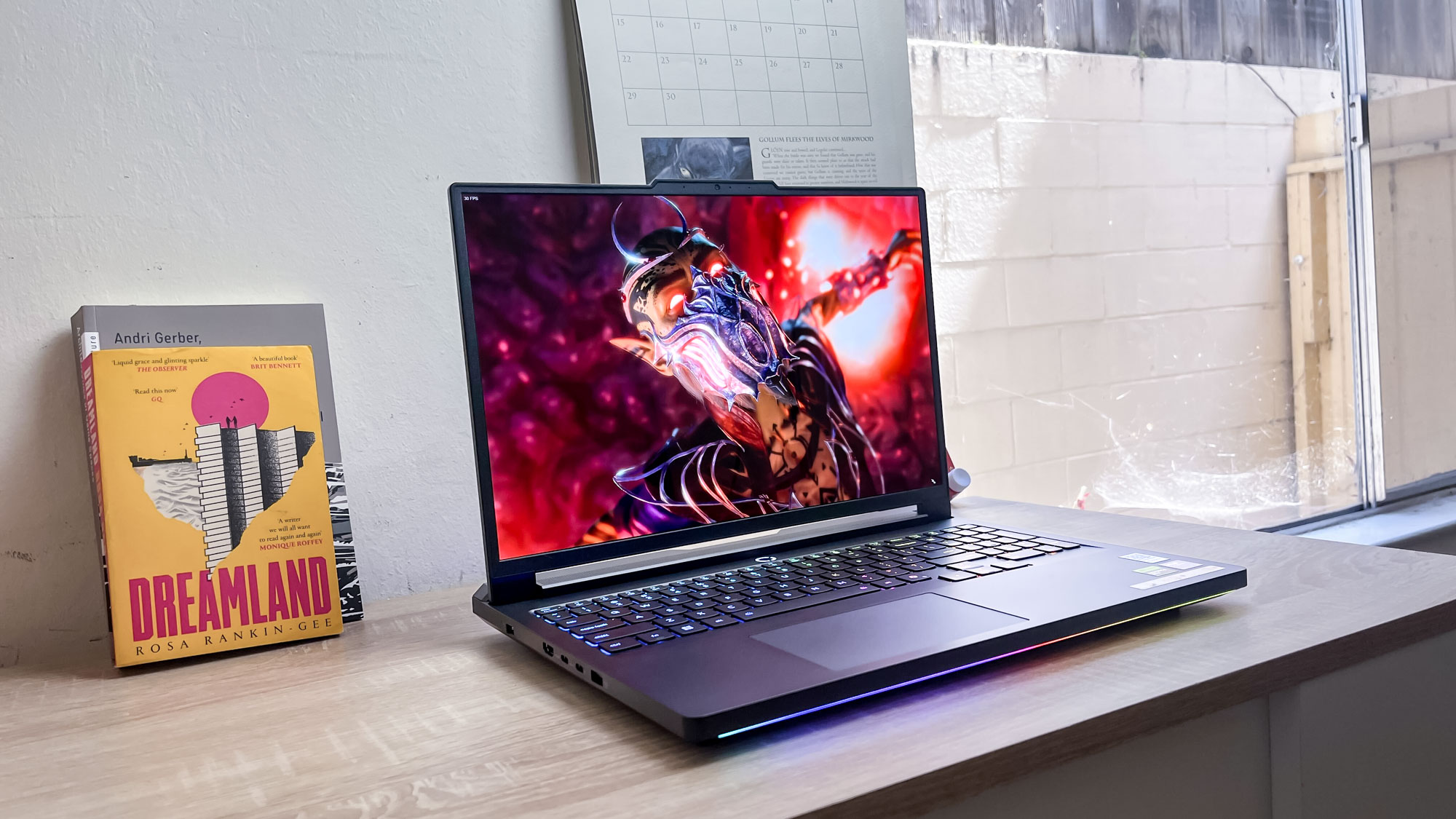
So far I've spent hours playing games like Alan Wake 2, Cyberpunk 2077 and Star Wars Outlaws with Multi-Frame Generation enabled, and I'm loving it.
I am getting is a steady 60-90 fps in some of the best PC games of the last few years running at 4K on my LG C2 OLED with all the graphical bells and whistles turned on.
Now, I'm not getting framerates in the hundreds, but what I am getting is a steady 60-90 FPS in some of the best PC games of the last few years running at 4K on my LG C2 OLED with all the graphical bells and whistles turned on.
I've yet to notice any serious latency issues, either, although that's likely in part because I've been playing slower-paced single-player games rather than frenetic fast-moving multiplayer action games.
I will say that I have noticed some graphical performance issues when cranking up Multi-Frame Generation to max power. See, in many games that support this feature you can choose not only whether to enable Multi-Frame Generation but also how hard you want it to work.
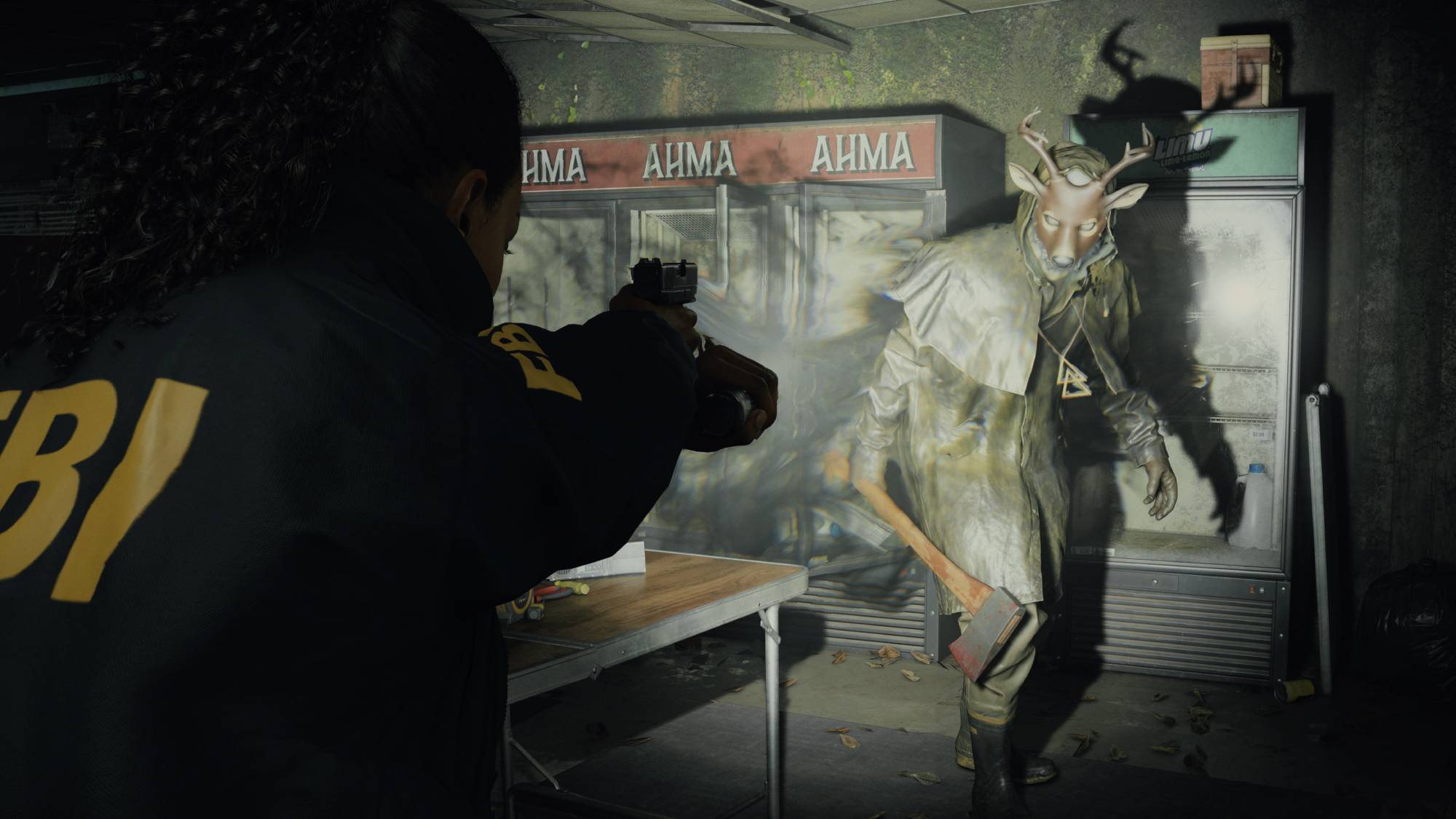
In Alan Wake 2, for example, I can choose to disable Multi-Frame Generation or set it to 2x, 3x or 4x power. On the weakest 2x setting, I enjoy a significant framerate boost without any noticeable degradation in the quality of graphics or gameplay. And even at 3x, the game looks and runs great, except there's some occasional graphical artifacts that crop up around objects when I move the camera too quickly.
But when I crank it all the way up to 4x, the hundreds of frames per second I'm getting in Alan Wake 2 don't matter because every in-game objects is surrounded by a blurry halo of graphical artifacts, and they only get worse in motion.
It's not something I could easily show you in a screenshot because the game looks fine at rest, but once you start moving (and the framerate kicks up) there's a disorienting smear around in-game objects that I find slightly nauseating.
So there's certainly still room for improvement when it comes to DLSS 4 and Multi-Frame Generation implementation. But that's a minor issue with what's proven, in my testing, to be a true game-changer for PC gaming.
More from Tom's Guide
- I review gaming PCs for a living, and I'd never buy the RTX 5090 — here's why
- Where to buy RTX 5090, 5080 and 5070 Ti gaming laptops
- We tested Nvidia’s RTX 5090 desktop GPU — gaming performance gains are HUGE

Alex Wawro is a lifelong tech and games enthusiast with more than a decade of experience covering both for outlets like Game Developer, Black Hat, and PC World magazine. A lifelong PC builder, he currently serves as a senior editor at Tom's Guide covering all things computing, from laptops and desktops to keyboards and mice.
You must confirm your public display name before commenting
Please logout and then login again, you will then be prompted to enter your display name.
